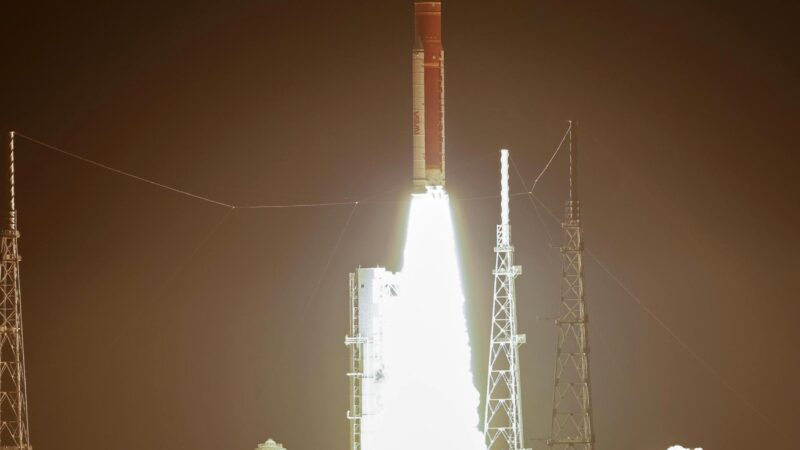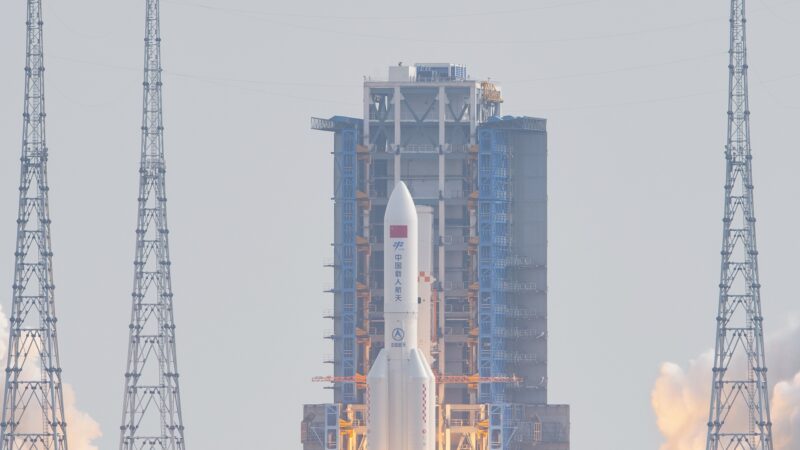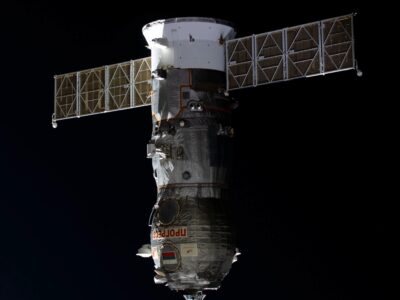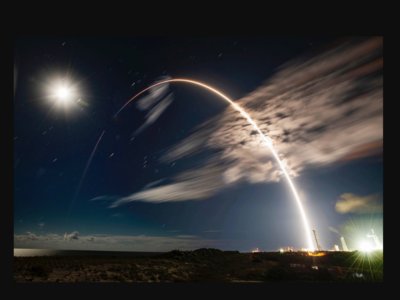After a three-year wait, Falcon Heavy is ready
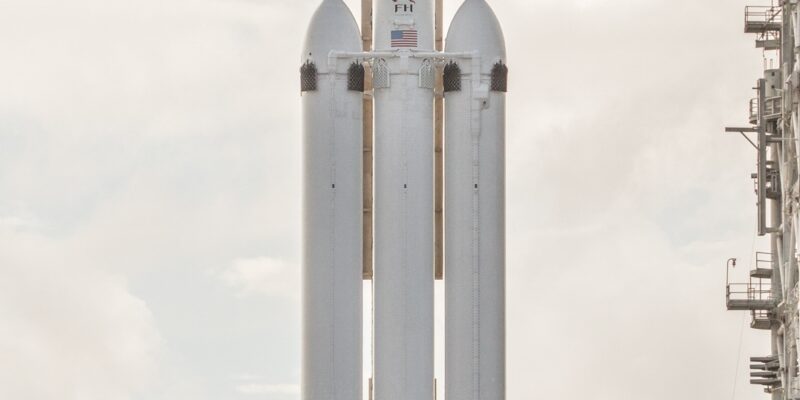
Overview

SpaceX Starship
Not long after SpaceX’s big Falcon Heavy rocket got off the ground in 2018, it seemed to be forgotten in the hype around Elon Musk’s even bigger Starship rocket. Now ol’ Heavy is back in the headlines, with the company set to send a pair of payloads to orbit for the US Space Force with the rocket’s help for the first time in years.
Falcon Heavy
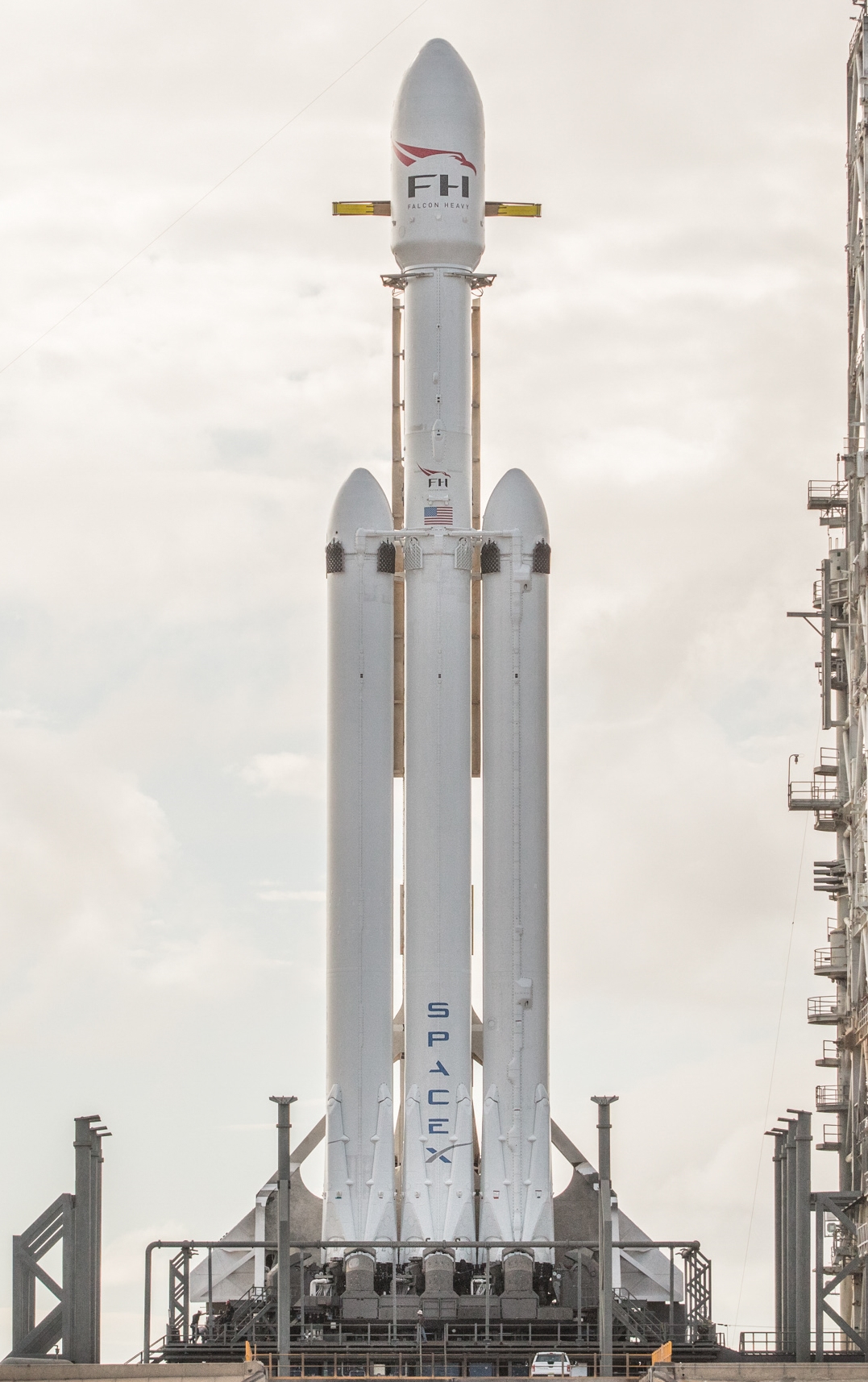
Falcon Heavy
Falcon Heavy[1] is a partially reusable heavy-lift launch vehicle that is produced by SpaceX, an American aerospace manufacturer. The rocket consists of two strap-on boosters made from Falcon 9 first stages, a center core also made from a Falcon 9 first stage, and a second stage on top. Falcon Heavy has the highest payload capacity of any currently operational launch vehicle and the third-highest capacity of any rocket ever to reach orbit, trailing the Saturn V and Energia.
SpaceX conducted Falcon Heavy’s maiden launch on 6 February 2018, at 20:45 UTC. The rocket carried a Tesla Roadster belonging to SpaceX founder Elon Musk, with a dummy dubbed “Starman” in the driver’s seat, as a dummy payload. The second Falcon Heavy launch occurred on 11 April 2019, and all three booster rockets successfully returned to Earth. The third Falcon Heavy launch successfully occurred on 25 June 2019. Since then, Falcon Heavy has been certified for the National Security Space Launch (NSSL) program.
Falcon Heavy was designed to be able to carry humans into space beyond low Earth orbit, although as of February 2018, SpaceX does not intend to transport people on Falcon Heavy, nor pursue the human-rating certification process to transport NASA astronauts. Both Falcon Heavy and Falcon 9 are expected to eventually be superseded by the in-development Starship launch system.
Detail
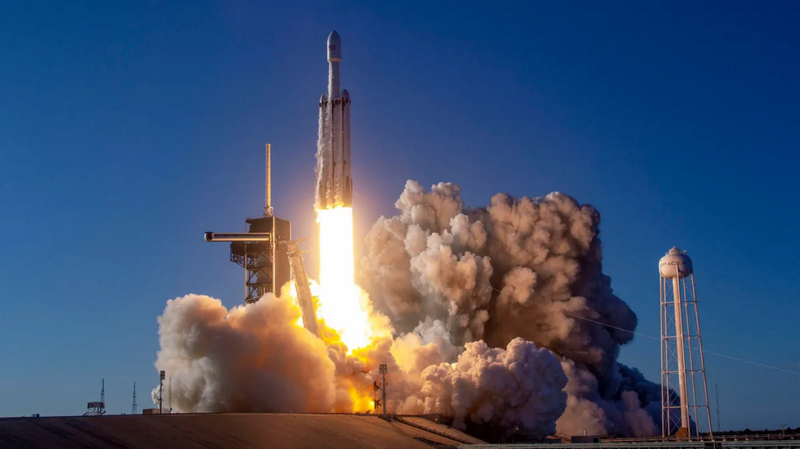
Falcon Heavy has only flown thrice ever.
Lately when we talk about “a big SpaceX rocket” we’re probably referring to Starship and its companion Super Heavy booster, which is the vehicle NASA hopes will be able to return astronauts to the moon and Musk dreams of using to build a society on Mars. But the most muscle in the SpaceX garage that’s actually made it to space is still Falcon Heavy, which last flew in 2019 and has only been used three times ever, including the demonstration that sent a Tesla toward the red planet.
The Falcon Heavy mission dubbed USSF 44 is the next launch on deck for pad 39-A at Florida’s Kennedy Space Center, currently set for Oct. 28. The Space Force describes it as a classified mission.
“There will be two payloads on board this mission — a larger, unconfirmed satellite and a micro-satellite named TETRA-1,” the military said in a statement on one of its YouTube Channels. “TETRA-1 is the first in a series of prototype GEO satellites launched by the US military, which will test systems procedures for future satellites.”
The mission was originally planned for late 2020, but undisclosed payload issues have delayed it multiple times.
Falcon Heavy is essentially three Falcon 9 boosters strapped together for three times the thrust. While the configuration is less powerful than NASA’s delayed Artemis I Space Launch System or Starship and Super Heavy will eventually be, it’s currently the most powerful operational rocket in the world.
A Falcon Heavy flight has the bonus spectacle of the two side boosters detaching shortly after launch and coming back for near-simultaneous landings on shore. The middle booster will be expended in the Atlantic Ocean rather than attempt a landing.
An exact time has not yet been announced for launch, but SpaceX and Space Force will stream it.
References:

